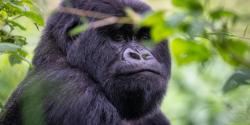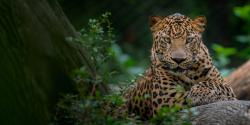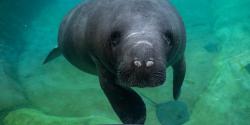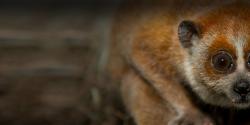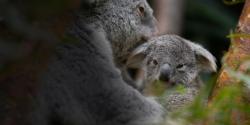In 1926 the Wolfe family, owners of the Columbus Dispatch, brought in reindeer for a Christmas parade. Afterward, the family donated the reindeer to start a zoo, and the Columbus Zoo and Aquarium was born!
While there are two names for Rangifer tarandus – reindeer and caribou – they are the same species. "Reindeer” is typically the term used to identify domesticated or semi-domesticated subspecies, while “caribou” describes the wild counterparts. In many parts of the world, the two groups have blended where feral reindeer have been introduced. Reindeer were domesticated about 3000 years ago in Scandinavian countries and Russia.
At the Columbus Zoo, we have true reindeer who are ambassadors for their wild counterparts.
Scientific Name: Rangifer tarandus
Conservation Status: Vulnerable
Size: Height of 34 to 55 inches at the shoulder
Weight: Males range from 200 to 400 pounds and females 180 to 250 pounds.



